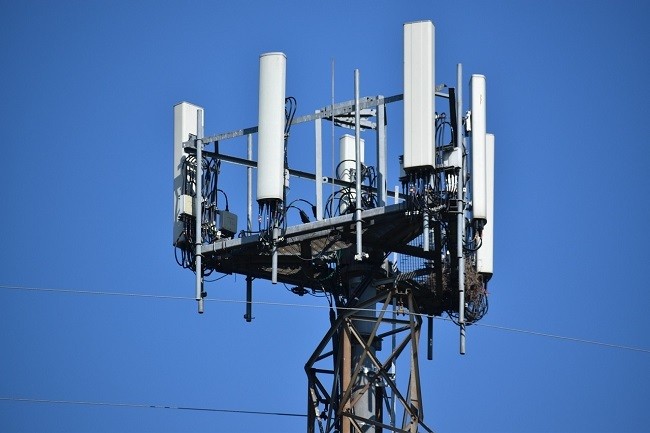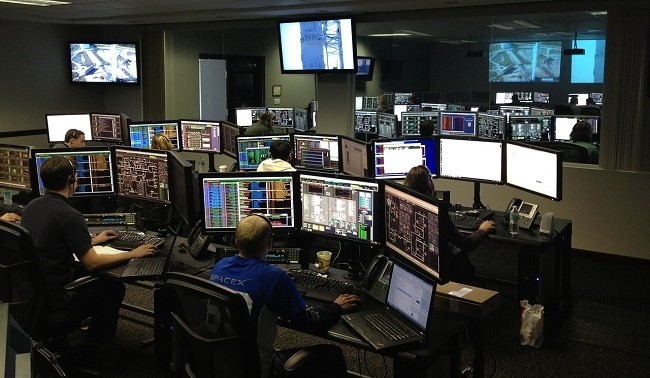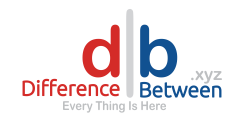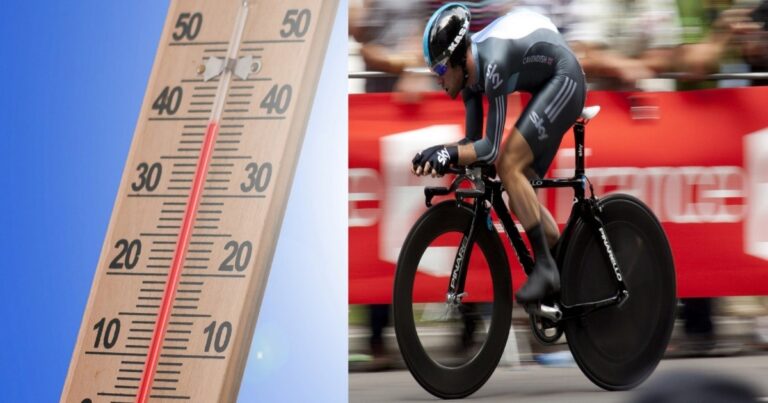There are different types of technology: fixed, flexible, hard, soft, product, operation, equipment, cutting-edge, innovation, clean, among others.
Beyond its types, it is important to remember that although we tend to associate technology with electronic devices, technology is any knowledge or resource applied in a specific area. The invention of the wheel, for example, was one of the greatest technological inventions of mankind.
Classifications of the types of technology vary among authors. Each of them takes into account whether the technology can have more than one use, whether it produces a tangible or intangible good, whether it is applied on a product, an operation or a process, etc.

In 1967, American sociologist James D. Thompson proposed two general types of technology in his book Organizations in Action: fixed and flexible technology. Since then, other authors have proposed new categories, but his classification is considered pioneering. According to Thompson, technology can be:
1. Fixed technology
It is the technology designed to fulfill a single purpose. Therefore, it cannot be used for purposes other than those for which it was created. In addition, fixed technology evolves very slowly, unlike other types of technology that require constant updating.
The fact that fixed technology has a single function makes it highly specialized, which guarantees superior performance with respect to the use of flexible technologies.
However, its upgrade limitations result in high maintenance or replacement costs. It also runs the risk of becoming obsolete more quickly.
An example of fixed technology par excellence are oil refineries, composed of a series of infrastructures and procedures dedicated exclusively to the transformation of oil into its different derivatives, such as gasoline or diesel.
2. Flexible technology
Flexible technology is that which has several uses, since it can be adapted or complemented to other technologies or products. This means that it can change its operation or the purpose for which it was created.
This adaptability is efficient and economical for companies, since they do not have to invest in several fixed technologies, but rather the same type of technology can be used to cover several of their needs.
An example of flexible technology is the blockchainwhich allows digital storage of data that cannot be lost, modified or deleted. This makes it used in cryptocurrency transactions, in the food industry to track products, or in electoral systems.

Depending on whether the technology is used to obtain tangible goods (such as physical products) or intangible goods (methodologies or knowledge), it is classified into:
Hard technology
Refers to the production or manufacture of machinery or devices that can be used as end products or as parts of a larger structure.
Hard technology is directly linked to the processing of raw materials, therefore, its development depends on physical, chemical or biological processes that allow the transformation of materials into finished products.
Hard technology is probably the type of technology to which we have the greatest access in our day-to-day lives, as it involves the manufacture of any artifact that enables us to perform a task.
Examples of hard technology can range from a fork to a screw to a hair dryer to a car to a cell phone to computer hardware.
4. Soft technology
This refers to all methodologies, processes and knowledge that, although not tangible (since they are not physical products), constitute an asset or material of value, because they complement the use of hard technologies. In other words, hard technology would be the object and soft technology is the knowledge of how to use that object.
Many soft technologies are supported by areas of knowledge such as psychology, communication, statistics, administration, marketing, accounting, among others.
Examples of soft technologies can be agile methodologies, which help to manage projects efficiently, software production and digital marketing strategies.
See also:

Technology can be applied in the design phase of a product or in production processes. In each case, it is classified into:
5. Product technology
These are all the processes, tools and information that make the development of a product possible. This includes everything from raw materials to produce a product, master formulas, testing methods, product evaluation reports, technical specifications, instructions for use, etc.
In other words, product technology is all the knowledge involved in making an artifact. It is the knowledge of how to do something, or what is known in English as know how. This know-how is protected by law with registrations or patents, so it cannot be reproduced without the manufacturer’s permission.
An example of product technology is the Coca-Cola formula.
6. Operating technology
It is the constant updating of methods, procedures, knowledge and devices in order to drive improvements in production processes. Operating technology promotes efficiency by stimulating higher productivity with fewer resources and in less time.
This type of technology has many applications in business, enterprise and industrial environments, where constant improvements to existing processes are always being sought to save resources.
An example of operational technology is long-distance communication systems, which have evolved from letters and telegraph to instant messaging or video calls.
7. Equipment technology
This is the technology developed by the manufacturers themselves as a complement to their products. In some industries, the manufacturer only develops the device, but the technology is implemented by others. This is the case of cell phones, whose applications are developed by third parties.
In equipment technology, the manufacturer is responsible for both processes.
An example would be the LED technology in today’s televisions. This technology is developed by the TV manufacturer itself and is integrated into the device.

Depending on how novel a technology is for the time or context in which it is used, it is classified into:
8. State-of-the-art or high technology
This refers to the most advanced knowledge or devices for the time at which they were designed. Although it can be understood that high technology can be better than the previous ones, the reality is that since they are processes or devices that have been on the market for a short time, it is not always possible to determine their true scope or efficiency in the short term.
In addition, the implementation of state-of-the-art technology implies high levels of investment that not all companies or individuals are willing to make.
Examples of cutting-edge technology for the present time would be the internet of things, the 5G network, biotechnology and artificial intelligence.
9. Appropriate or intermediate technology
Also called appropriate technology, it is any knowledge, method or artifact that helps to solve a problem, in a way that is compatible with the cultural, economic and social conditions of the environment in which it is to be applied.
The term “appropriate” refers to solutions that are in line with the reality of the target population. These are generally disadvantaged communities where the implementation of state-of-the-art technology may be unsustainable in economic or environmental terms.
An example of appropriate technology would be solar stoves used in populations lacking access to electricity or gas.
10. Low technology
Low technology is all knowledge or devices that are already obsolete with respect to high technology or require only craftsmanship or mechanical work to operate.
Low technology is still in use despite the existence of more advanced technologies. In this sense, low technology is cheap and, in many cases, energy efficient.
Examples of low technology are trades such as blacksmithing and pottery or home methods for making artisanal beverages.

In 1953, researcher Joan Woodward conducted a study in the United Kingdom to understand the development of structures in organizations. This gave rise to a classification of three types of technologies used by companies according to their form of production:
11. Production technology by units or projects
These are activities that result in a single product. This type of technology applies not only to finished products (tangible goods) but also to processes (intangible goods).
Examples of unit production technology are those used in the construction of buildings, ships or airplanes.
12. Mass production technology
This technology involves process chains that generate a continuous line of production for consumer goods in batches.
Mass production technology requires standardized procedures, coordination of tasks and qualification of human resources for specific tasks.
An example of this type of technology is the automotive industry, where a tightly meshed production line is required to produce and assemble the parts of an automobile.
13. Continuous flow technology
Refers to continuous work processes for the production of products or services. Unlike mass production technology, which requires human intervention in the execution of tasks, continuous flows are automated, so that only monitoring of the process is required.
Examples of continuous flow technology would be a hydroelectric power plant.

Charles Perrow, professor emeritus at Yale University, focused on studying and classifying technology according to the management of an organization. Perrow classified it into four types:
14. Routine technology
Routine technology is knowledge and procedures that are already defined and easy to understand by the people who must perform the task.
As the name indicates, these are routine or repetitive tasks and are associated with a centralized structure, on which decision making depends. In addition, their results imply low uncertainty, since the process is already known.
Examples of routine technologies would be the production of mass consumption software and the bureaucratic procedures applied in government agencies.
15. Non-routine technology
Contrary to routine technology, this type of technology lacks standardized routines and procedures. It usually involves a very high variety of tasks, so it is not possible to have a defined solution for each case.
Examples of non-routine technology would be all tasks associated with creative processes, such as graphic design, tailoring or the manufacture of custom-made shoes.
16. Craft technology
Craft or manufacturing technology is empirical knowledge, a way of doing things that lacks formal knowledge, is autonomous with respect to decision making.
This type of technology is characterized by no or minimal use of tools or machines, since in most cases it refers to manual processes. In other classifications, this category of Charles Perrow is known as low technology.
Examples of craft technology are weaving or pottery.
17. Engineering technology
This is the knowledge and procedures that although standardized and centralized, are flexible and may require different types of solutions, so their results may vary.
An example would be aerospace engineering, where each project to be developed requires a different solution than others already proposed. If a SpaceX rocket fails, it is required to use the same technology, but with a new solution.

18. Information Technology (IT)
Refers to the use of telecommunications equipment and systems for data storage, processing, and transmission. This equipment includes computers, telephone lines, and wireless signals.
When audiovisual networks are integrated with these computer systems then they are known as Information and Communication Technologies, or ICTs. This convergence between the two systems is what makes it possible for televisions or cellular phones to transmit their content on the same wired network shared with computer systems.
An example of information technologies is when we use a telephone to make video calls or when we watch web content from the television.
Operational technology (OT)
Operational technology is the use of hardware or software to monitor, control or change devices or processes within an organization.
Its use is usually reduced to industrial environments and its main characteristic is that they do not depend on the management or supervision of human resources, since they can operate almost autonomously.
An example of operational technology are Supervisory Control Systems or SCADA, which allow data to be displayed on a graphical interface that shows the system status in real time. In the event of an error, the operator can stop the production process immediately, detect the source of the fault, correct it and reactivate the production process.
20. Clean technology
Also called green or environmental technology, it refers to any device, service or process whose use is sustainable, energy efficient or has minimal impact on the environment.
This type of technology makes minimal use of non-renewable natural resources, and is present in different productive sectors:
EnergyIn this case, the objective of the technology is to reduce the use of fossil fuels or nuclear energy. Solar energy devices are an example in this sector.
Waste treatment: covers the processes of recycling and reuse of products or raw materials, such as plastic, glass or paper recycling.
Hydraulic: are all water-saving processes, such as those carried out by wastewater treatment plants.
Logisticsare the practices of a company to reduce its impact on the environment, such as the reduction of energy consumption or carbon emissions (CO2).
See also:
References
- Jaffe, David (2001). Organization theory: tension and change.. McGraw-Hill. New York.
- Sánchez, Mónica; Lavín Verástegui, Jesús et al. (2005). The adoption of Information Technologies: the tension between the need for technological assimilation and anxiety about change. Revista de Administração da Universidade Metodista de Piracicaba, vol. 3, no. 3. Brazil.




